NRF24L01 TTL RF Transceiver
The NRF24L01 TTL RF Transceiver is a type of wireless communication module.
The description provided is repetitive in nature and should be rephrased to avoid redundancy while maintaining the same tone of voice.
The NRF24L01 TTL RF Transceiver is a 2.4GHz transceiver chip that includes an embedded baseband protocol engine called Enhanced ShockBurst™. It was specifically created for ultra low power wireless applications and operates in the global ISM frequency band of 2.400 – 2.4835GHz. To implement a radio system using the NRF24L01 TTL RF Transceiver, only minimal external passive components and a microcontroller (MCU) are required.
The NRF24L01 TTL RF Transceiver is configured and operated using a Serial Peripheral Interface (SPI). Its register map, which can be accessed in all operation modes, contains all configuration registers for the chip.
The Enhanced ShockBurstâ„¢ embedded baseband protocol engine utilizes packet communication and offers a range of modes, from manual to advanced autonomous operation. By efficiently handling high-speed link layer tasks, Enhanced ShockBurstâ„¢ helps to minimize system costs.
The radio front end employs GFSK modulation and features adjustable settings such as frequency channel, output power, and air data rate. To maintain a strong Power Supply Rejection Ratio (PSRR) and accommodate varying power supplies, internal voltage regulators are in place.
The data transfer distance is 100 metres.
Characteristics of NRF24L01 TTL RF Transceiver:
- Globally available for 2.4GHz ISM band usage
- Achieve an air data rate of up to 2Mbps, while also operating with minimal power consumption.
- At a 0dBm output power, the TX is drawing a current of 11.3mA.
- Receiving at an air data rate of 2Mbps with a current draw of -12.3mA.
- While in the power down state, there is a current draw of 900nA.
- A current of 22µA while on standby.
- The voltage regulator integrated on the chip
- The supply range for this product is from 1.9 to 3.6V.
- Improved ShockBurst™ capabilities.
- Packet processing that is automated
- Packet transactions in the automotive industry
- Introducing the MultiCeiverâ„¢ data pipe, with a capacity of 6 pipes in total.
- The nRF2401A, 02, E1 and E2 are all compatible with air.
- Affordable BOM
- A 16MHz crystal with a tolerance of ±60ppm.
- Inputs with a tolerance of -5V.
- A 20-pin QFN package with a size of 4x4mm.
In order to accomplish the connection between devices, follow these steps:
- Attach a 5v power supply to NRF24L01TTL.
- When you plug in the power supply, the LED will flash.
- Pair the Tx pin of the NRF24L0TTL with the Rx pin on the microcontroller.
- Connect the Rx pin of NRF24L0TTL to the Tx pin on the microcontroller.
- When the data passes through the Microcontroller, the Rx LED on the NRF24L01TTL module will blink.
- The address bit for both the transmitter and receiver must be even.
- Do not use any non alphabetical characters (e.g. do not use any numbers or special symbols)
- In the event of any modifications to the address bit switches, a reset may be necessary.
- A variety of practical uses can be found for this technology in various fields.
- PC peripherals that are wireless.
- Avoid repetition
- Desktop bundles that include three devices in one.
- State-of-the-art remote controls for media centres
- Headsets used for VoIP communication
- Controllers used for gaming
- Athletic timepieces and detection devices
- Remote controls specifically designed for use with consumer electronics.
- Automation for both residential and commercial settings.
- Sensor networks that operate on extremely low levels of power
- The use of active RFID technology.
- Systems used for tracking assets


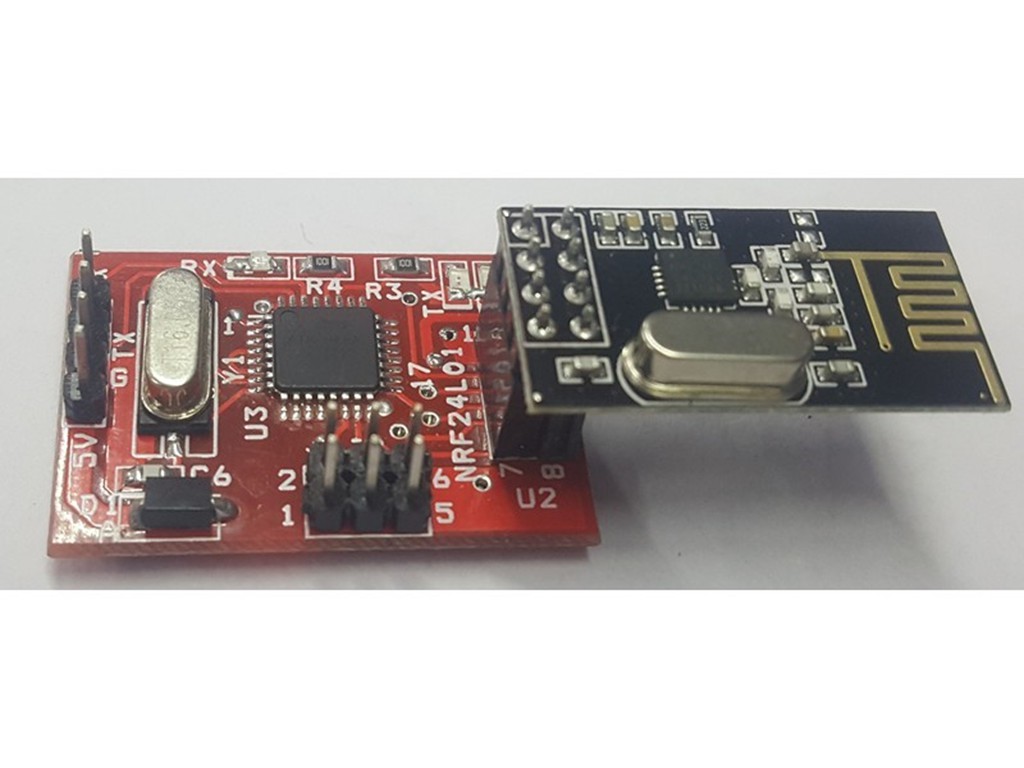
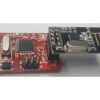
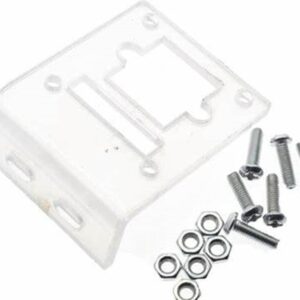
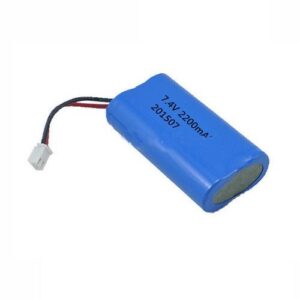

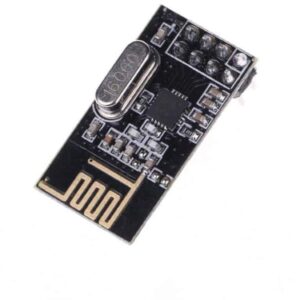
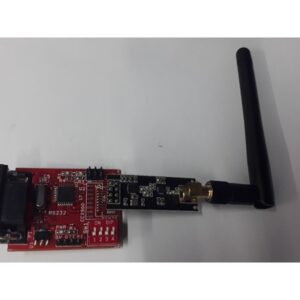
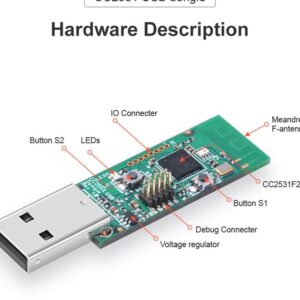
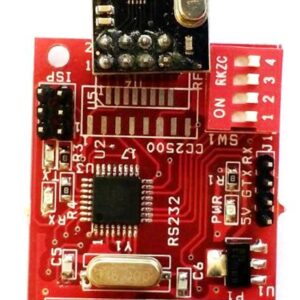
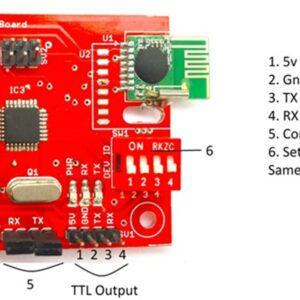
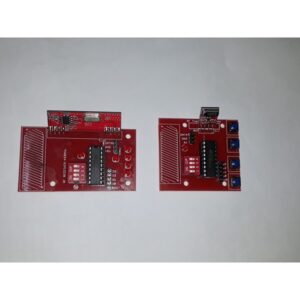
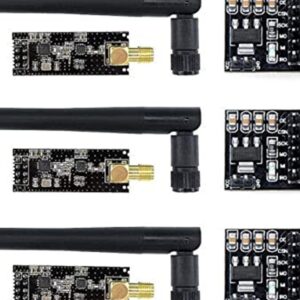
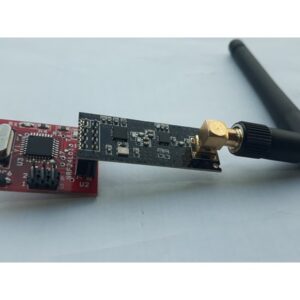
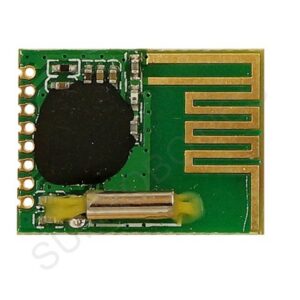

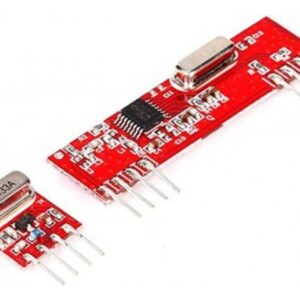
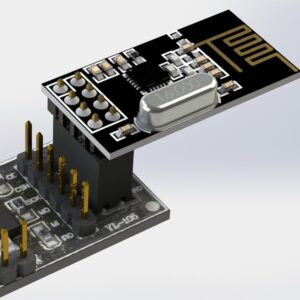
There are no reviews yet.